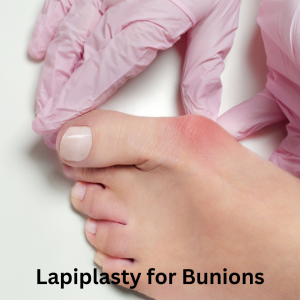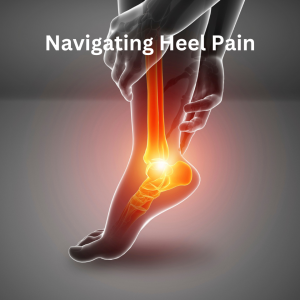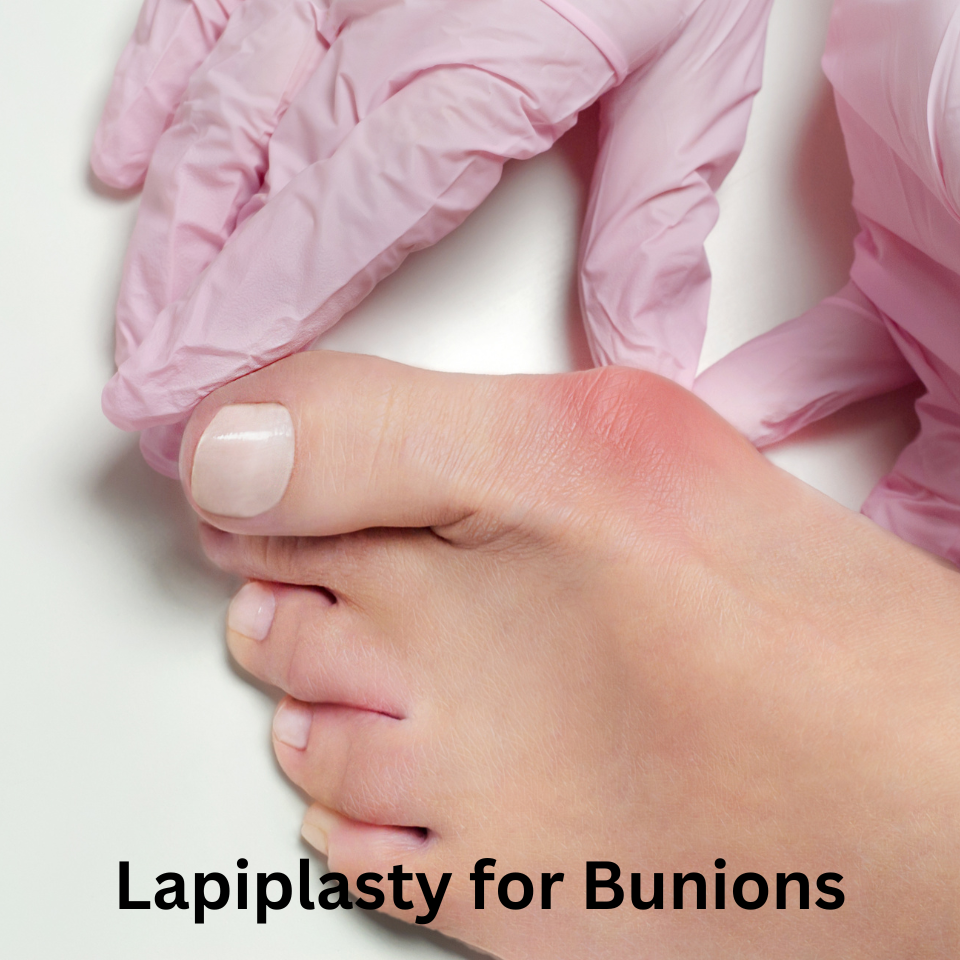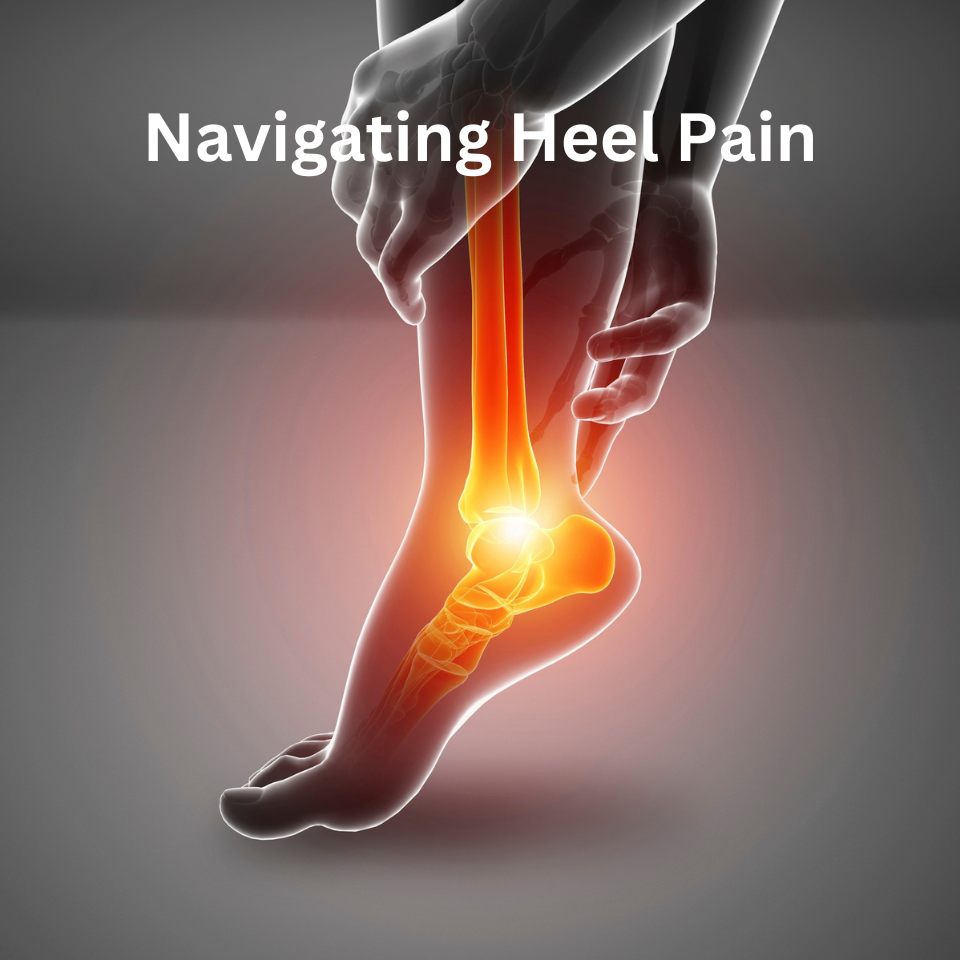 During the new year, it is common for people to start new exercise programs as part of their new year’s resolutions. Whether you are a beginner or an experienced athlete, shin splints can be a painful ailment that keeps you on the bench. As podiatrists, we can diagnose and treat your shin splints as well as offer advice on how you can reduce your risk of shin splints in the future.
During the new year, it is common for people to start new exercise programs as part of their new year’s resolutions. Whether you are a beginner or an experienced athlete, shin splints can be a painful ailment that keeps you on the bench. As podiatrists, we can diagnose and treat your shin splints as well as offer advice on how you can reduce your risk of shin splints in the future.
What Are Shin Splints?
Shin splints, also known as medial tibial stress syndrome or MTSS, are the inflammation of muscles, tendons, and bone tissue around your tibia. This painful condition is often associated with overuse injuries and is common among athletes when tiny tears in the muscle and bone tissue occur after being pushed too far, too fast.
The pain, swelling, and discomfort can become debilitating when weight and pressure are placed on the leg, making it difficult to stand, walk, and run. Pain often occurs along the inner line of the tibia where the muscles attach to the bone. If left untreated, tiny stress fractures can develop along the tibia where the stress is most intense.
What Causes Shin Splints?
As stated above, shin splints are a common occurrence in exercise programs from taking on too much, too soon before the body is conditioned to do so. It can occur in people of all fitness levels and stems from not allowing your body to properly recover between sessions and pacing your progress.
Other factors can increase your risk of developing shin splints. These factors include:
- Constantly running on hard or uneven surfaces
- Exercising in unsupportive footwear
- Flat feet
- High arches
- Muscle tightness
- Overpronation
- Sudden changes in intensity or duration of activity
Signs & Symptoms of Shin Splints
If you have shin splints you may experience tenderness, soreness, or pain along the shinbone and mild swelling. Pain can be sharp or dull at times and often worsens after activity.
It is important to note that lower leg pain, even along the shin, does not always mean you have shin splints. A qualified podiatrist can determine if your pain is caused by shin splints or another condition.
How Are Shin Splints Treated?
During your appointment, your podiatrist will conduct a physical examination, review your medical history, and discuss your symptoms. This will help to determine the cause of your pain.
Once your diagnosis is confirmed, we can begin to customize a treatment plan for your needs.
In most cases, shin splints can be remedied at home using over-the-counter pain medication, anti-inflammatory medication, and cold therapy. Massaging, wrapping your shins, and gentle stretches can also provide symptom relief. Rest or the elimination of physical exercise is beneficial as it gives your body time to heal. If your shin splints are the result of flat feet or overpronation, we can prescribe custom orthotics. We can also recommend footwear to suit your foot type and lifestyle
Prevention
We recommend patients wait until they are pain-free for at least two weeks before turning to their exercise routines. Once healed, be sure to invest in proper footwear that offers adequate support and cushioning. Always stretch before and after your workout to loosen muscles. Take your time and gradually increase the intensity, duration, and frequency of your workouts. If you have any questions on how slow you should take it, feel free to ask and we can help you see what an ideal workout plan should look like for your condition.
For more information on shin splints or to schedule an appointment, contact Foot and Ankle Centers today.







